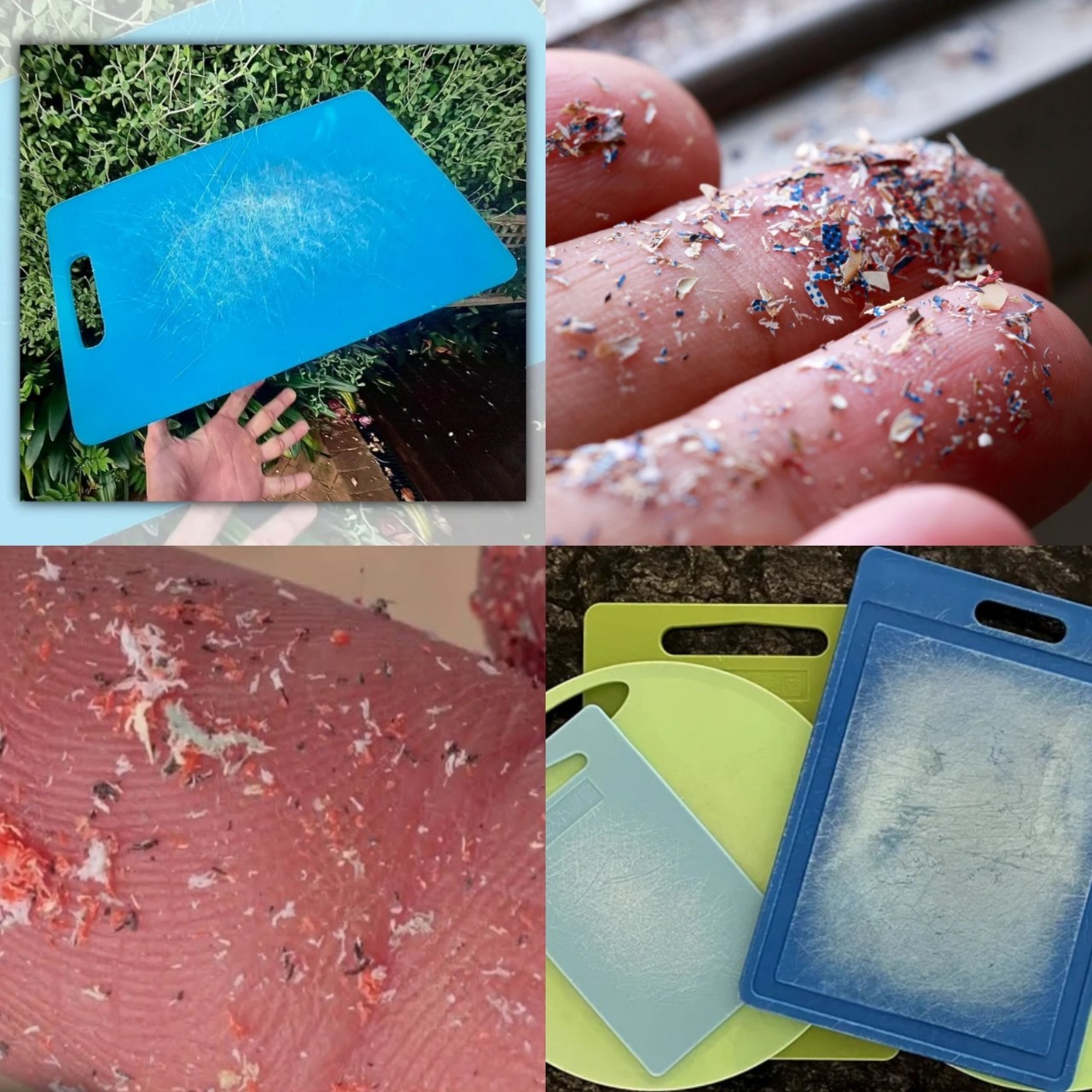ADVERTISEMENT
New studies have shown that microplastics, which are very small particles less than 5 millimeters in size, are entering the brain, causing concerns about the possible health dangers of these common pollutants. Microplastics have been discovered in different body parts like the lungs and blood. Finding them in the brain raises worries about possible long-term effects on thinking and brain health.
How do tiny pieces of plastic get into our bodies?
Tiny pieces of plastic are common in nature and can get into our bodies through various ways:
Microplastics can be found in seafood, packaged food, and drinking water, particularly in bottled water.
Airborne particles: Small plastic particles can be breathed in through dirty air.
Skin Contact: Certain beauty products have tiny pieces of plastic that can enter the body through the skin.
When these tiny particles are eaten or breathed in, they can get into the blood and move around the body, possibly passing through the barrier that protects the brain.
Main Discoveries of the Research
The new research used animals to see if tiny bits of plastic can get to the brain. Researchers discovered that small plastic particles can enter the bloodstream and build up in the brain tissue by passing through the protective barrier that surrounds the brain. This barrier is very important for keeping the brain safe from harmful things, but it appears that microplastics can get through it.
When inside the brain, tiny pieces of plastic can lead to:
see continuation on next page
ADVERTISEMENT
